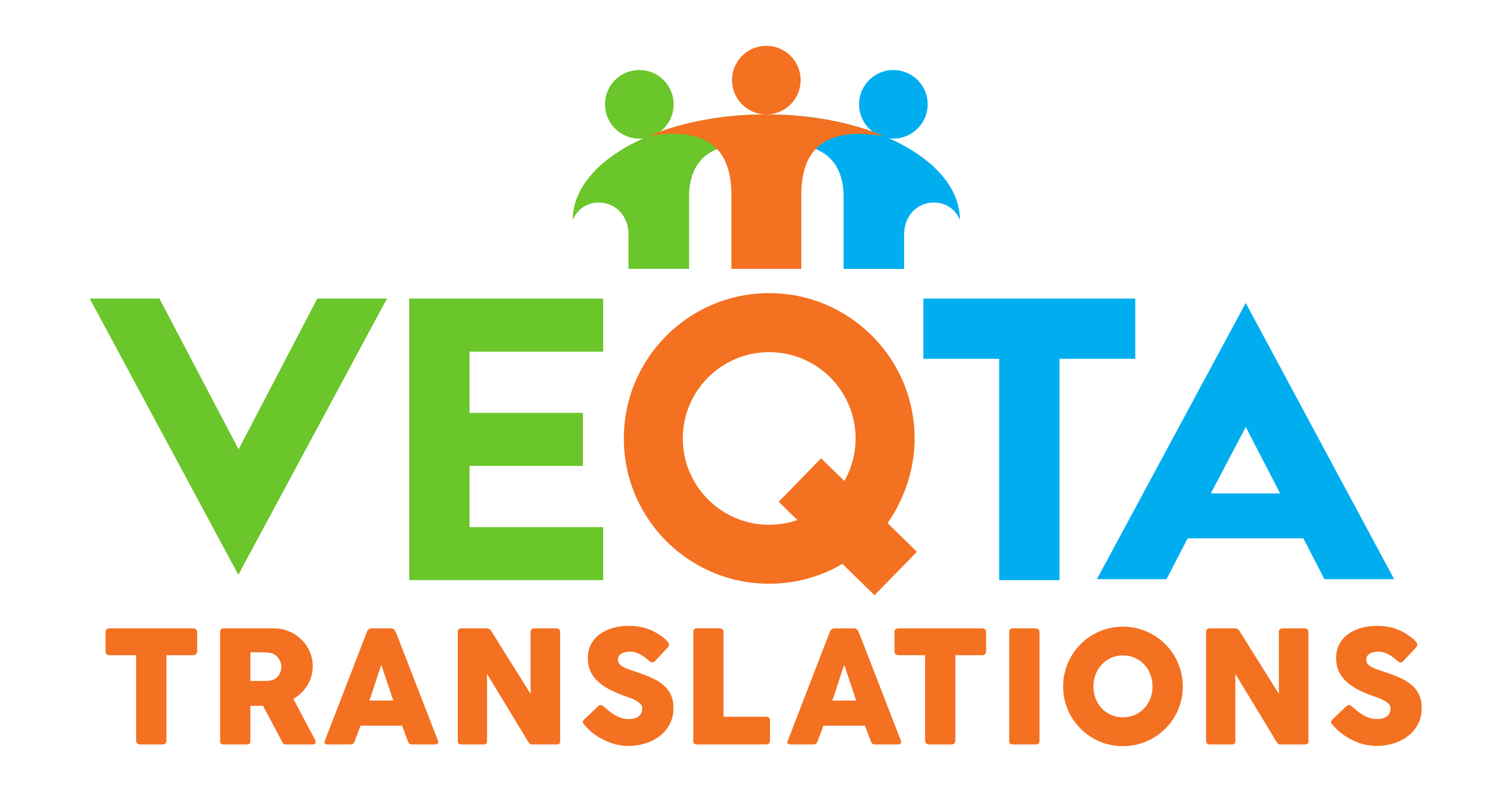When it comes to marketing, words do more than just sell products—they tell stories, evoke emotions, and shape how we see a brand. But here’s the tricky part: not every story translates well across borders. What captivates a French audience with charm and sophistication might sound overly formal or even confusing to English-speaking consumers. That’s where French-to-English localization comes in. It’s not about word-for-word translation—it’s about emotional translation. How do you take the poetic, metaphor-rich world of French marketing and make it connect with English-speaking audiences who prefer clarity and confidence? In this article, we’ll explore the tactics behind successful French marketing localization, from rewriting slogans and reimagining humor to aligning visuals and cultural references. You’ll learn how brands like Chanel, L’Oréal, and Peugeot master the art of adaptation while keeping their French flair intact.
Understanding the Soul of French Marketing
French marketing thrives on elegance, subtlety, and rhythm. It’s often designed to appeal to emotion rather than logic. Words like raffinement, authenticité, and plaisir are more than buzzwords—they’re a philosophy. Understanding that mindset is the first step to localization.
The Need for Localization
So, why does localization matter? Because even the best campaign can flop if it doesn’t fit cultural expectations. English-speaking audiences prefer a more direct and conversational tone. Localization bridges that emotional gap.
Step One: Understanding Brand Voice
A brand’s personality is its fingerprint. Before localizing, translators study how a brand communicates—whether it’s luxurious and aspirational (like Louis Vuitton) or approachable and witty (like Decathlon).
Step Two: Emotional Tone Adaptation
French ads are poetic, but English ones are punchy. A phrase like “Sublimez votre beauté naturelle” becomes “Bring out your natural beauty.” Same message, different emotional tempo.
Step Three: Humor and Cultural Context
French humor relies on wit and wordplay, while English humor tends toward relatability. That’s why “pain” (bread) jokes or idiomatic expressions don’t land the same way—they need cultural equivalents.
Step Four: Visual and Verbal Cohesion
Localization isn’t just about words. The visuals must also match. French ads often use monochrome elegance; English campaigns might embrace vibrant, energetic imagery to grab attention.
Step Five: Slogans and Taglines
Slogans define brand memory. “Parce que je le vaux bien” didn’t become iconic because it was translated literally—it became “Because I’m worth it,” a perfectly adapted emotional pitch for English audiences.
Step Six: Transcreation in Action
Transcreation combines translation and creation. It allows marketers to keep brand emotion intact while reimagining text for a new audience. It’s like translating a melody rather than a sentence.
Step Seven: Avoiding Over-Localization
Too much adaptation risks losing authenticity. The best campaigns keep the French flavor alive—think elegance, artistry, and warmth—while still feeling natural in English.
Step Eight: Cultural Testing
Before launching globally, brands test localized campaigns to gauge response. This ensures messaging aligns with regional values and expectations.
Step Nine: Voice Consistency Across Channels
From billboards to Instagram captions, the localized voice must feel unified. English consumers value authenticity—consistency builds trust.
Step Ten: Brand Examples That Nailed It
Chanel kept its poetic tone in English ads by focusing on emotional storytelling. Peugeot rephrased “Motion & Emotion” to emphasize innovation rather than just movement—keeping it smart and relatable.
Conclusion
French marketing localization is a dance between precision and creativity. You can’t just translate words—you have to translate feelings. Brands that get it right don’t just sell—they connect. Whether you’re translating a perfume ad, a luxury campaign, or a tech brand’s global launch, remember that localization isn’t about changing the message—it’s about amplifying it. If you’re a marketer, translator, or creative looking to make your brand’s voice travel across languages, start by asking: What emotion are we really selling? Once you answer that, your English version won’t just speak—it’ll resonate.
FAQs:
What is transcreation?
A creative process that adapts marketing messages while preserving tone and emotion.
Why do slogans need localization?
Because literal translation often loses cultural nuance and emotional impact.
What’s the difference between translation and localization?
Translation changes language; localization changes experience.
Do visuals matter as much as text?
Absolutely—imagery reinforces the emotional tone of a campaign.
Can humor survive localization?
With careful adaptation—it just needs cultural alignment.


